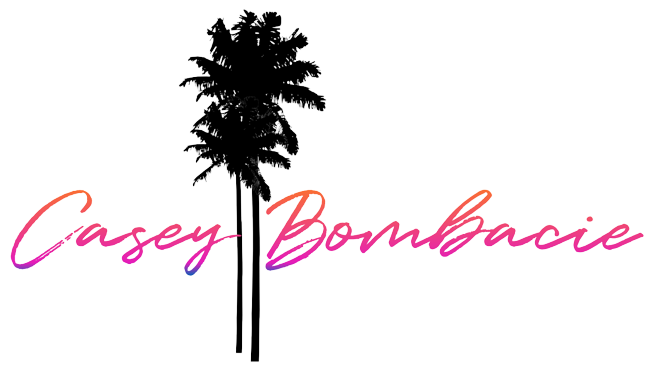Automating the future
Post Forma
For most casinos, a post forma is done around 90 days after their campaign. This is a problem that has multiple reasons, but the most quoted reason from users is: busyness. They are too swamped with the monthly campaigns to tens of thousands of customers, that they rarely get a chance to determine the profitability of their campaigns. Through dozens of phone calls with users and subject matter experts, dozens of prototype testing we were able to put together a post forma that reads from our current campaign software. It will save users dozens of hours and empower marketing managers to prove the ROI of their campaigns. A simple dashboard with in-depth reporting and the ability to add hard expenses was “all it took” to satisfy our users.
Problems to solve:
1) Database Marketing teams need to see daily updates of their campaigns
2) Keeping track of hard expenses creates a clear picture of Campaign ROI
3) Responsive dashboard that can be viewed anywhere by executives and team members
How I solved them:
1) As stated above, most marketing teams were not seeing their campaign results until 90 days AFTER the campaign had concluded. This discovery came through user interviews via phone and done in-person. It was a common theme that we were not expecting. This led us to discuss internally what a post forma would look like. Initial conversations were based around a SMEs excel spreadsheet. I scrapped the data tables because our users did not want more tables. They were wanting to get a glance of their live campaigns and send that information to their managers and executives. Our final version hit all of the major metrics, our roadmap includes adding in a calendar and some charts.
2) Hard expenses was a great challenge. There are lots of nuances to adding expenses for casino campaigns, we discovered. We had a few of our users walk us through their process. You have to be able to attribute dozens of expenses to a specific campaign. Sometimes you will split an expense over several campaigns. You also need to assign it a per unit cost. We distilled that data into its simplest form and based our interface on Google Forms (we use Material Design Principles as the basis for design system). That took several iterations and a few passionate discussions about the best user flow and interface. To see a final version, hit the link below and click on “Edit” in the “Expenses” card.
3) This was probably the easiest part of the whole product. Once we had confident data in our dashboard design it was a straightforward design to integrate mobile/tablet capability. Each set of cards was designed to mobile widths and stacked by section. The whole dashboard can exported as a png, so that users can send reports to their executives/managers.
Skills Employed for this project:
Work with product management on project objectives and allocate resources to achieve the objectives as measured against plans
Whiteboarding
Map, maintain and evangelize the end-to-end customer journey for this new experience
Lo-fi/Hi-Fi prototyping
Design and conduct qualitative and quantitative research studies, including user interviews, in-person or remote usability studies, focus groups and surveys
Product creation and iteration
Led the team of designers and PMs by establishing timelines and implementation
Led a remote dev team (New Zealand)









